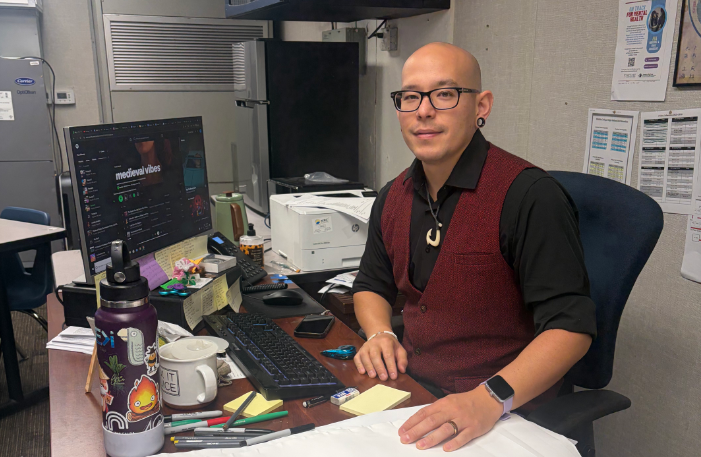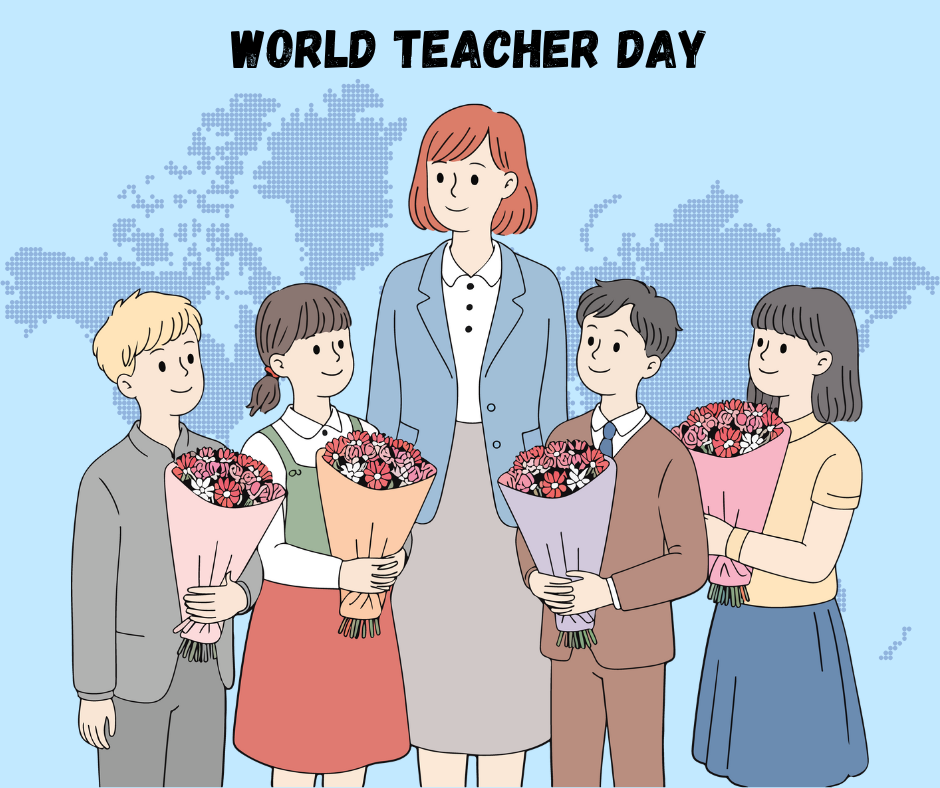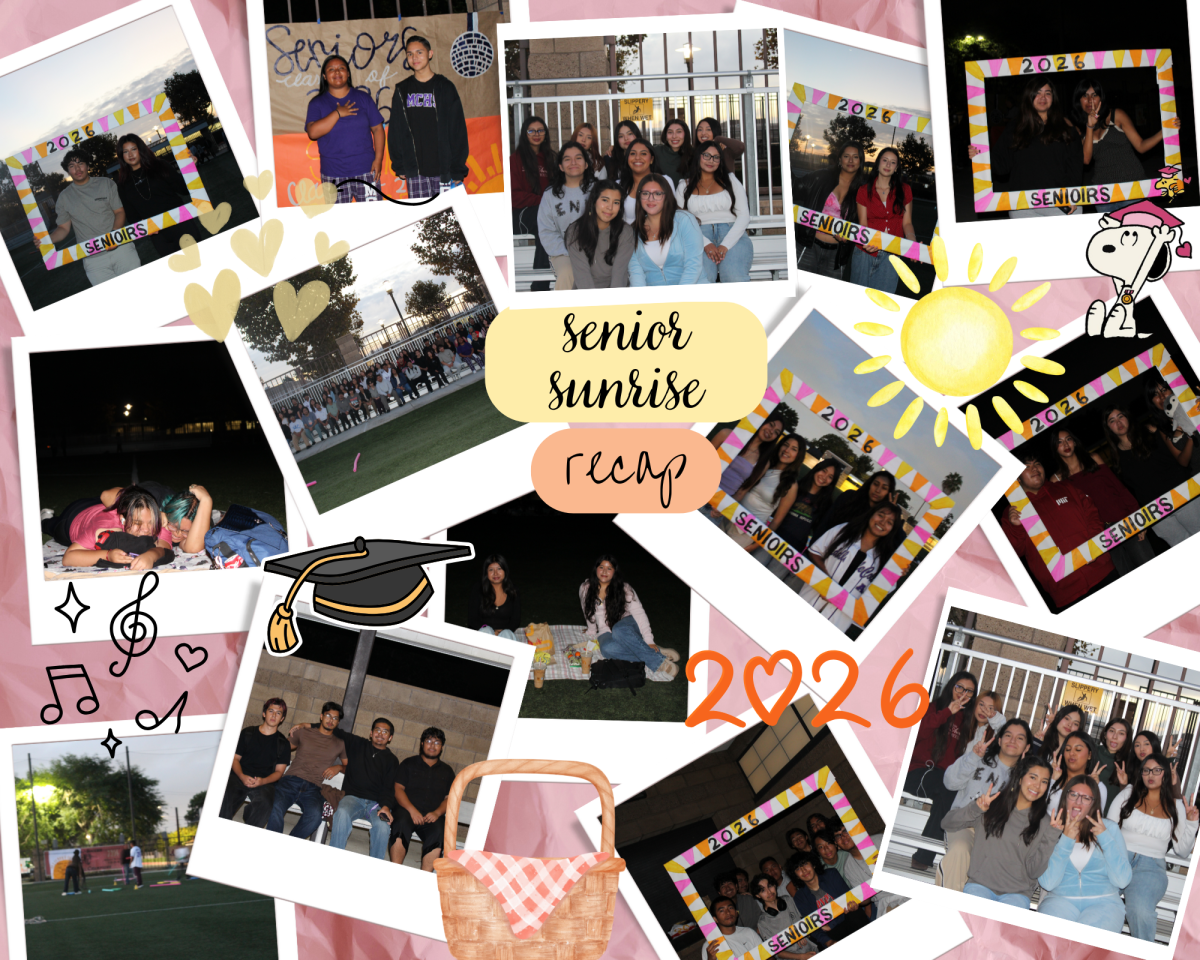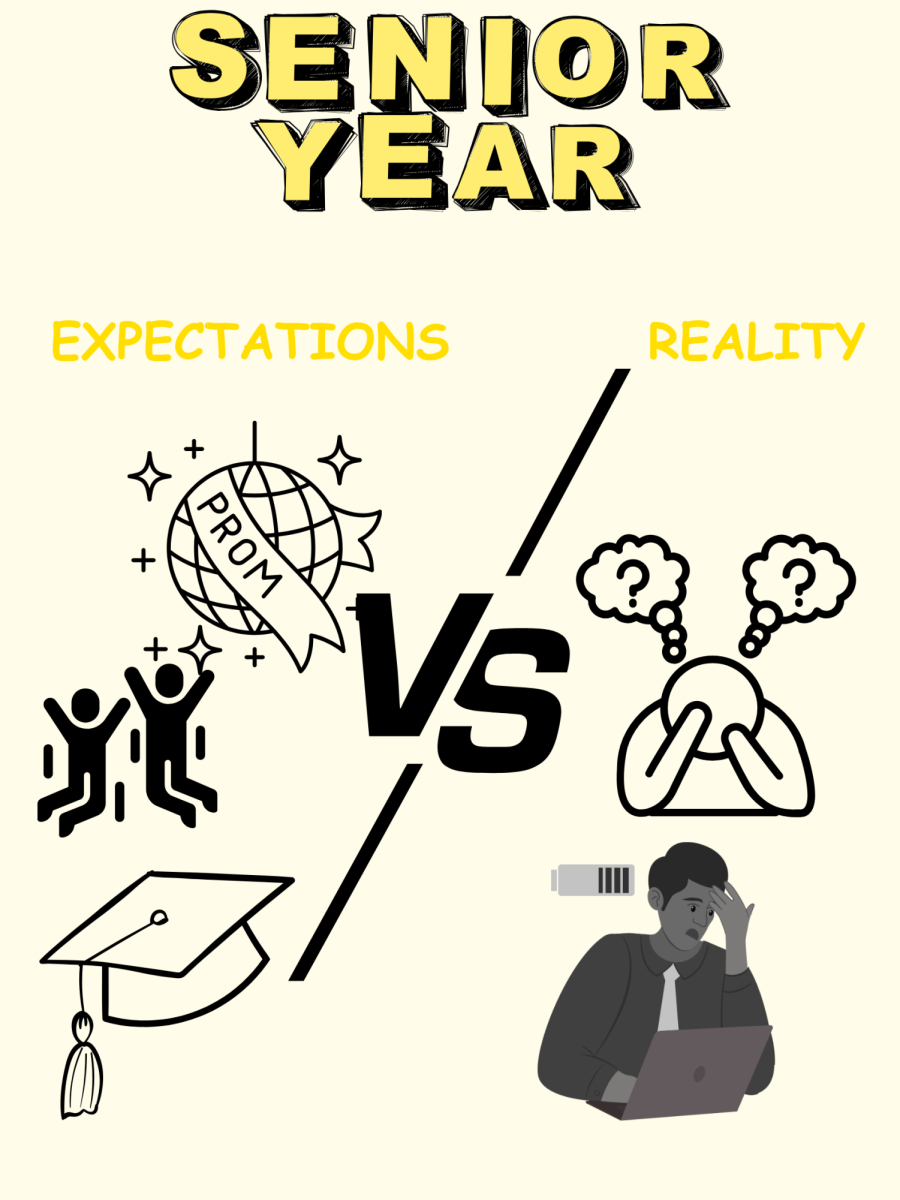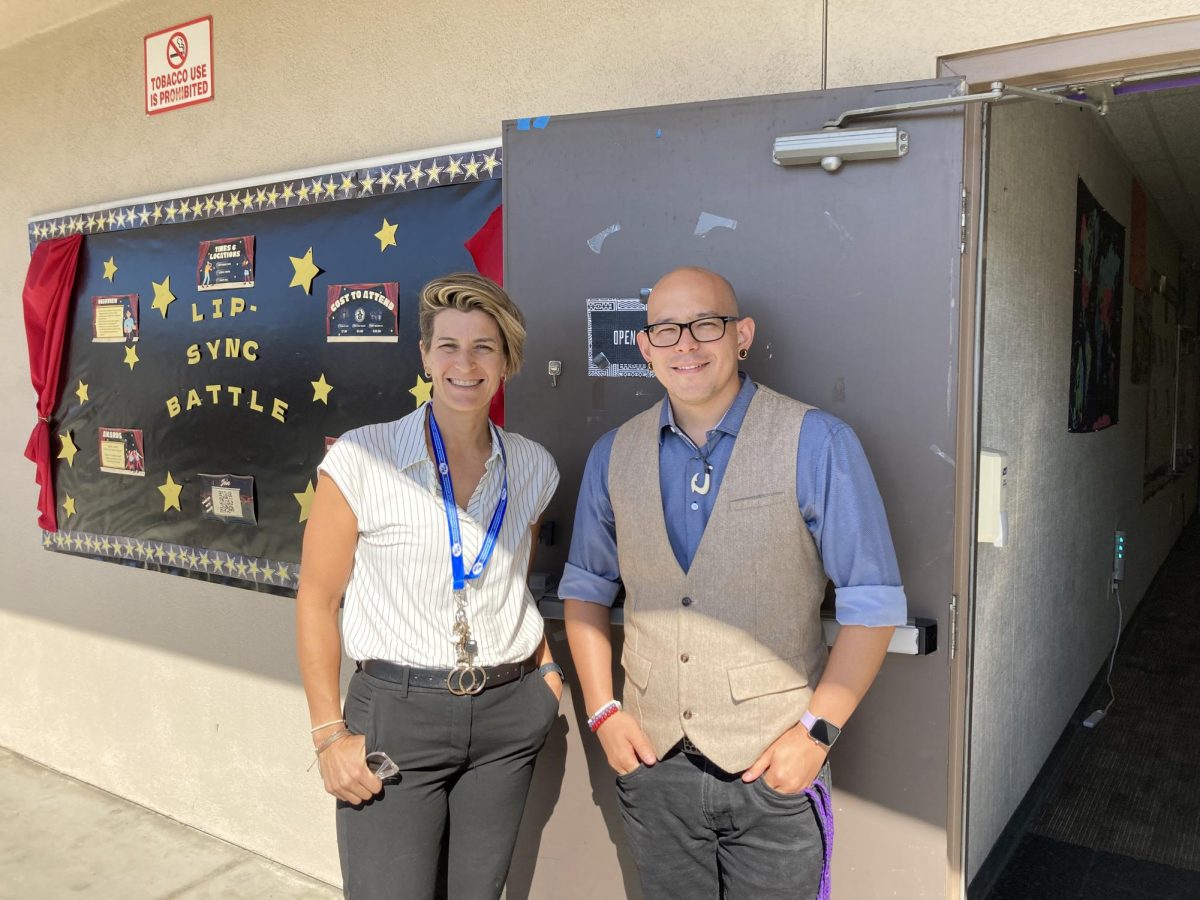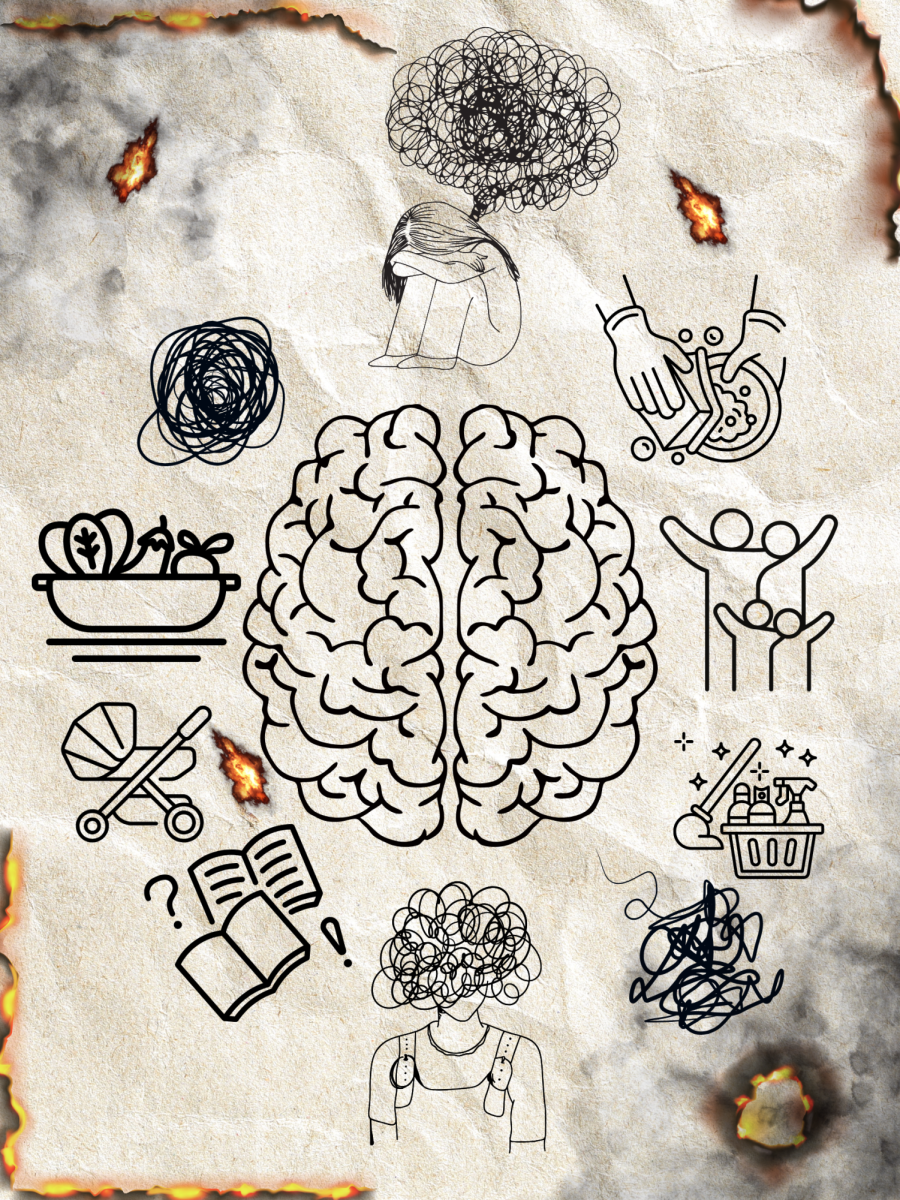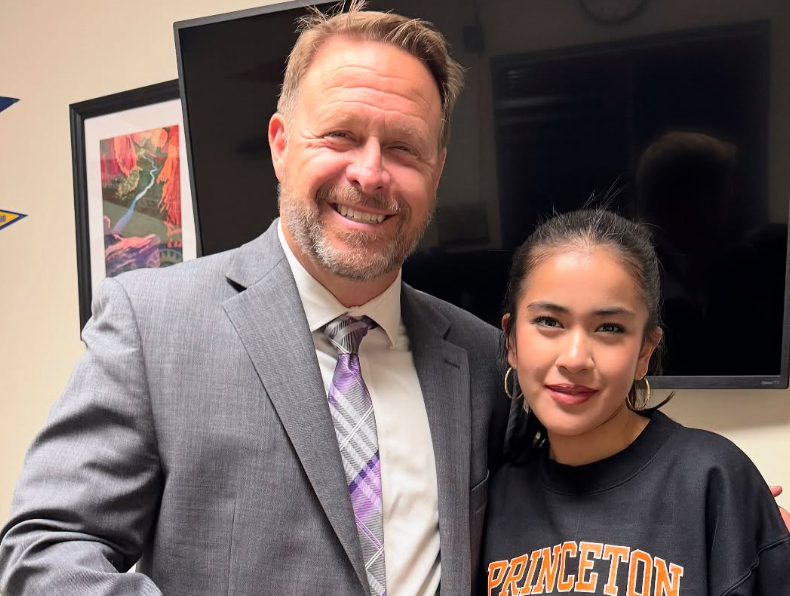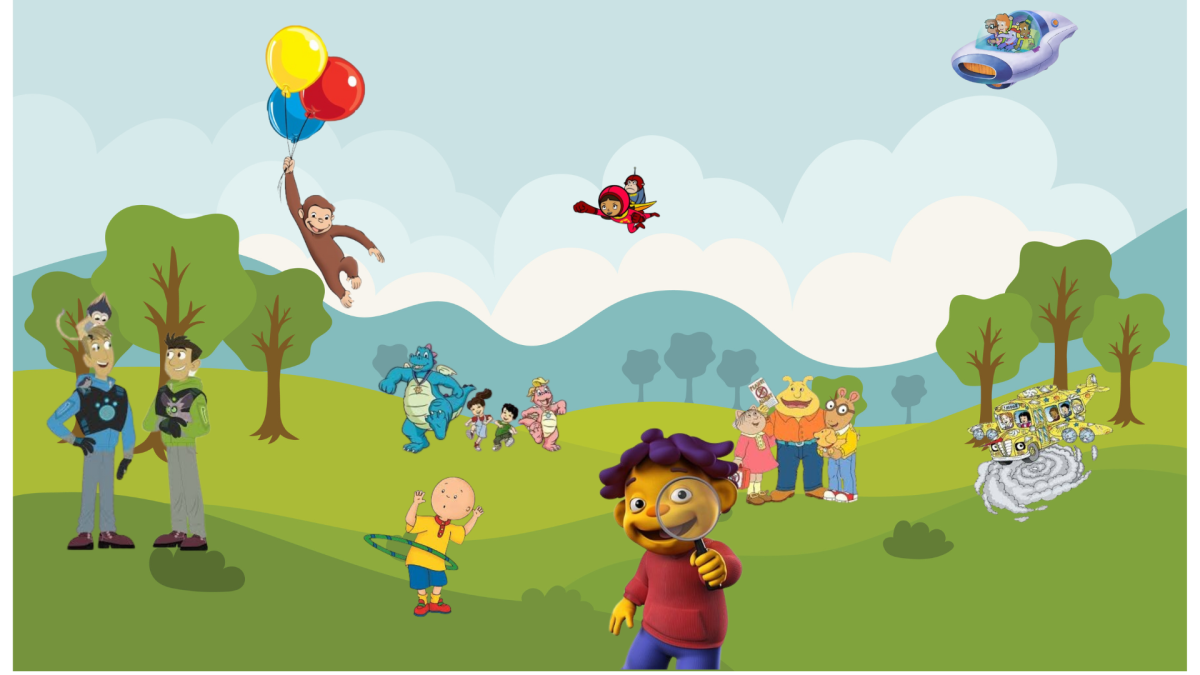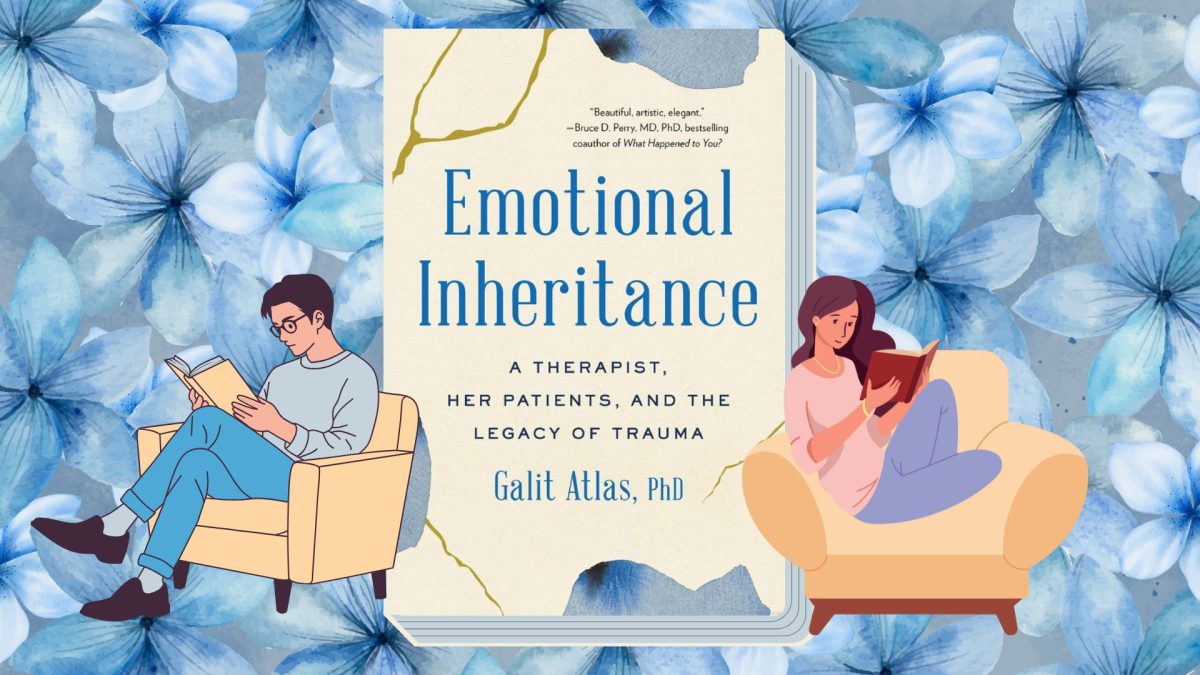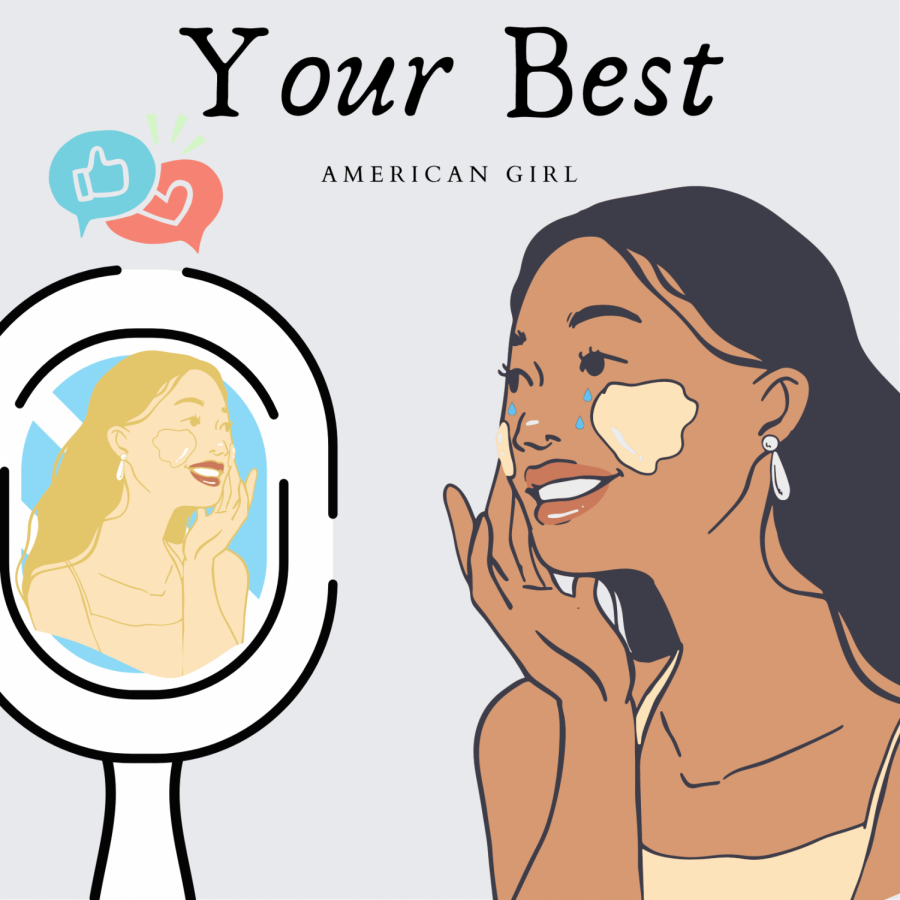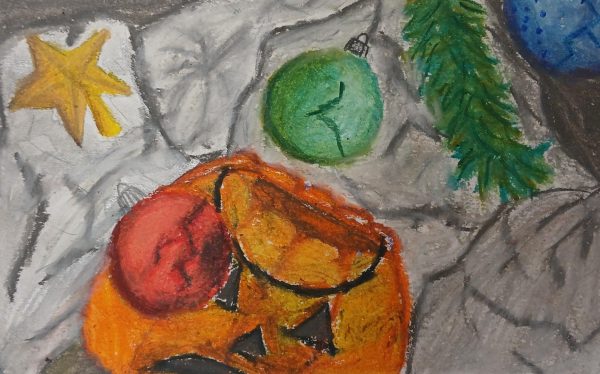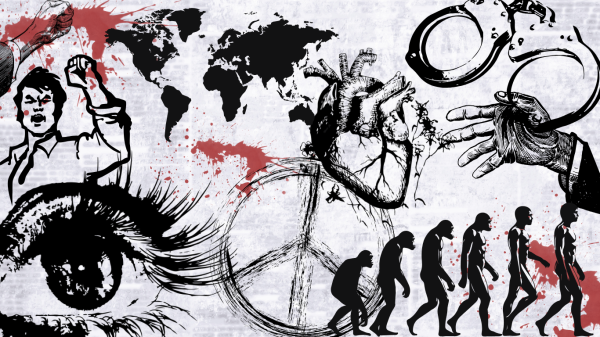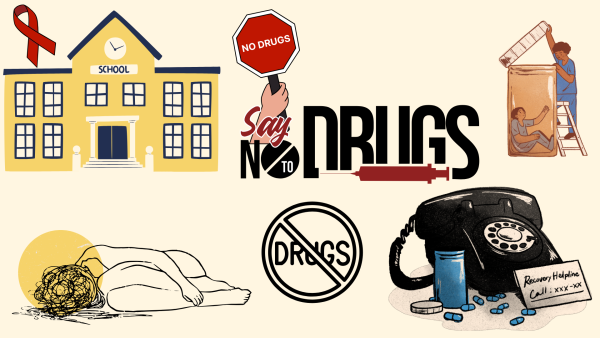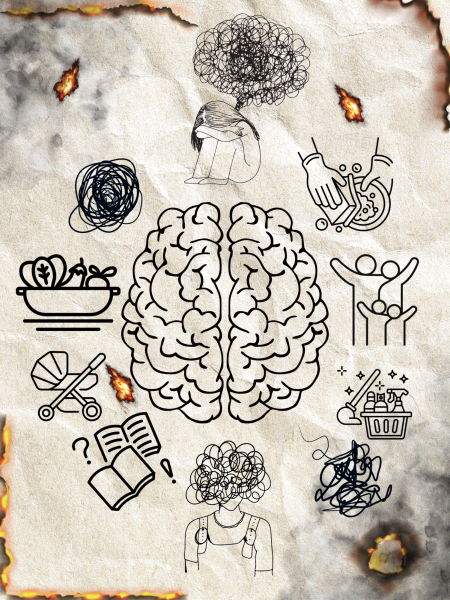The take over of Eurocentric beauty standards in social media
Yarethsi Leal (made with Canva)
“The takeover of Eurocentric beauty standards in social media” Social media promotes Eurocentric beauty standards by putting down ethnic features, thus leading minorities to form negative images of themselves.
Search up beautiful faces on the internet, and chances are images of white women show up. The same goes for social media applications such as Instagram, Twitter, Facebook, and TikTok. It’s not rare to see white women on social media be praised or idolized because of their Eurocentric features. Consequently, this leads to the promotion of Eurocentric beauty standards and pushes minorities against this restrictive definition of beauty: being white.
Straight hair, colored eyes, a thin nose, and pale skin are a few of the many Eurocentric features that are imposed on people of color in order to be acknowledged as beautiful. Therefore, it is not a rare occurrence for people of color to receive criticism in social media and even be ashamed of their ethnic features.
Junior, Cecy Rivera shares her experience with Eurocentric beauty standards.
“I think more than anything, Eurocentric beauty standards have affected me subconsciously. I try not to let it get to me and ignore it,” Rivera said. “Sometimes I dress a certain way or I tried to imitate a certain beauty standard but I don’t feel like myself really.”
These toxic beauty standards plaguing social media have led to minorities forming negative images of themselves and altering their appearance to align with Eurocentric features. This harmful influence is especially apparent in popular apps, such as Instagram and TikTok, where filters and trends promote Eurocentric beauty standards that exclude people of color.
“A lot of times, the filters that you have on photos lighten your skin or make it look slightly different, and those moments just kind of show you not to appreciate the amount of melanin that you have in your skin,” MCHS counselor Janet Montes said.
Besides filters whitening our skin, trends circulating TikTok, such as the trend of taking off our masks to see if we are mask fishing have caused people of color to feel insecure about their ethnic characteristics. This trend eventually led to comment sections with criticism directed at users who didn’t have small, straight noses, which is a common Eurocentric feature. On the other hand, users who did have Eurocentric features received comments filled with compliments and idolization.
While there have been improvements in increasing diversity on social media, there is still a lack of appreciation for all the beautiful characteristics of different ethnicities.
Ms. Montes shares how we rarely see people who reflect who we are on social media.
“I think the only way to actually fix this problem is to have equal representation of what people actually look like and have more representation of the entire spectrum versus just focusing on one,” Montes said.
There needs to be more representation — more exposure highlighting the beauty of people of color in order to halt the takeover of Eurocentric beauty standards in social media.
“We’re so heavily influenced by the media and we forget what real beauty is and in reality, it can be anything,” Rivera said.
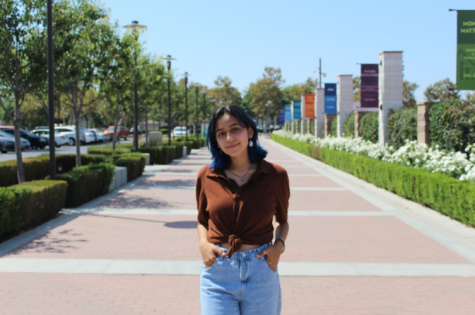
I currently have 7 ear piercings, I’m an only child, and I have a rock collection.

